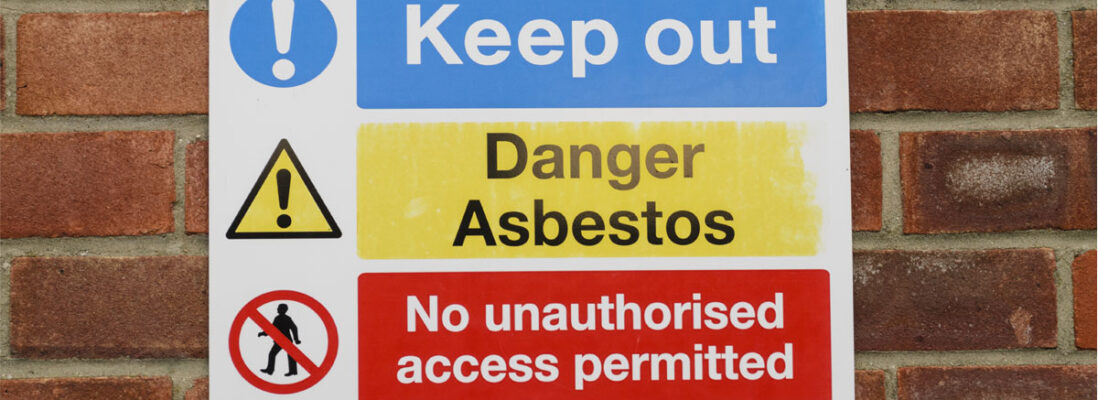Mesothelioma is a rare and aggressive cancer that is only caused by exposure to asbestos. There is no safe level of asbestos exposure. However, those frequently exposed are more at risk of developing an asbestos disease.
A person exposed to asbestos may not know right away. Asbestos fibers are tiny and become airborne when disturbed. If they are inhaled or ingested, they can become trapped in the body, where they remain for decades damaging the surrounding tissue. After 10 to 60 years, mesothelioma tumors can begin to form.
Short-term asbestos exposure refers to one incident or a short period of multiple exposures. Short-term exposure may happen when renovating a building that has asbestos features or when soil deposits containing asbestos are disturbed by construction.
There are some factors that can make short-term exposure more of a risk. The amount of asbestos inhaled can be impacted by the ventilation in the space, what containment measures were used to minimize the spread of dust, and any protective gear that was worn. In rare cases, the amount of asbestos dust released in one incident may be so significant that the risk of disease increases dramatically.
Persistent Asbestos Exposure
The people most at risk for developing an asbestos-related disease are those who faced long-term, cumulative exposure to high levels of asbestos. For many, this happened in the workplace. There are some industries with a high risk of encountering asbestos, including construction, shipbuilding, oil refining, manufacturing, automotive, mining, plumbing and others. Workers in these industries would regularly encounter asbestos in construction materials, machine parts, pipe insulation, and consumer products.
Asbestos use has been heavily regulated since the 1980s, when the link between asbestos and deadly disease was already widely recognized for many years. Workers handling asbestos must follow strict safety protocols. Because of the disease’s long latency period, however, workers who encountered asbestos on the job for years before these protocols were in place may still receive a mesothelioma diagnosis. During this time, workers would regularly bring asbestos dust home on their clothing, resulting in long-term exposure for their families.
There are still some ways that repeated asbestos exposure can occur. Working in an older building that still contains asbestos may also pose a risk. Asbestos products may age over time or become damaged and release asbestos dust into the air. Employees in the Philadelphia school district have recently raised concerns about long-term asbestos exposure.
In many cases, the first warning sign of asbestos exposure comes decades later, when symptoms of disease appear. Mesothelioma patients may experience persistent cough, chest pain or tightness, difficulty breathing, and fatigue. These symptoms can be easily mistaken for other conditions, making a diagnosis difficult. Although mesothelioma is incurable, early diagnosis and treatment can make a difference in a patient’s life expectancy, so it is important to share any known history of asbestos exposure with a physician.
Philadelphia Mesothelioma Attorneys at Shein Law Advocate for Clients Who Have Asbestos Diseases
If you or a loved one has been diagnosed with mesothelioma, lung cancer, or another type of asbestos-related disease, seek legal counsel from our Philadelphia mesothelioma attorneys at Shein Law. With offices conveniently located in Philadelphia and Pennsauken, New Jersey, we serve clients in Pennsylvania and New Jersey. Call 877-743-4652 or contact us online to schedule an appointment.

